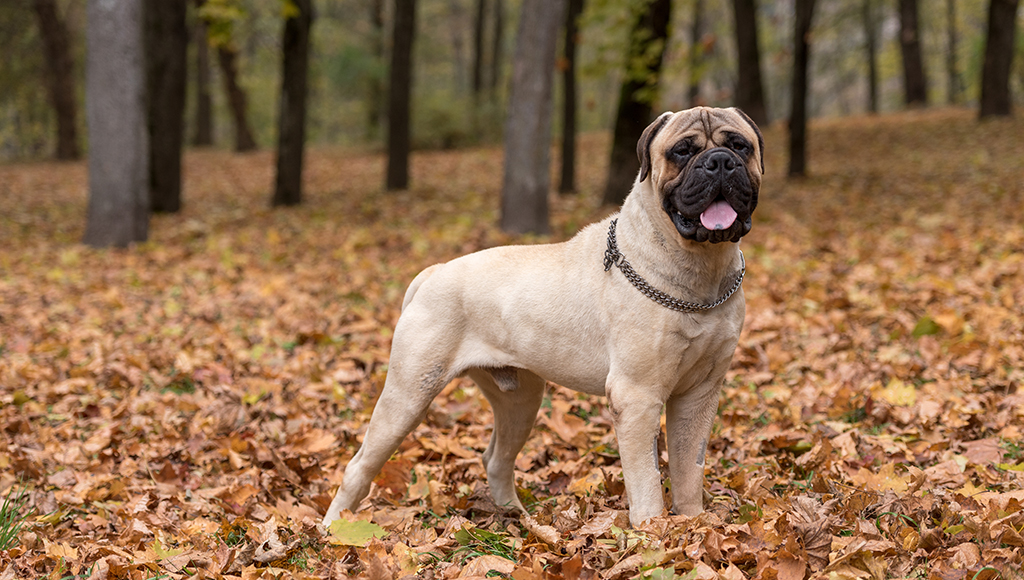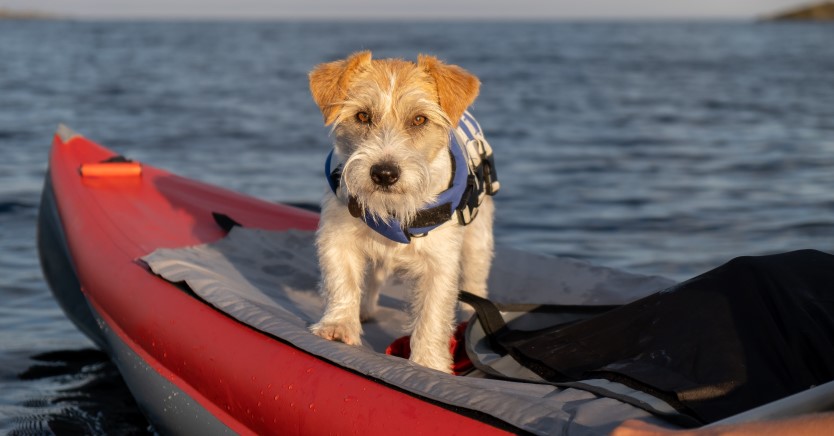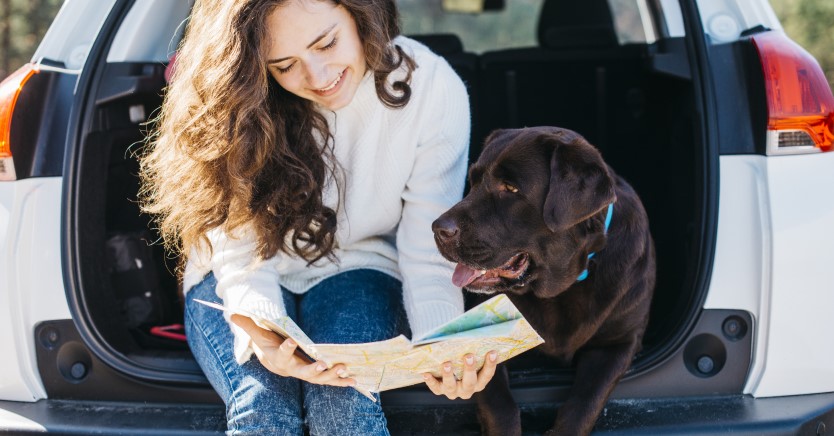Bullmastiff: The Big Lovable Dog Breed
A dog of incredible strength, keen alertness and endurance, the Bullmastiff is also a gentle giant.

The Bullmastiff is a strong and powerfully built animal that possesses great intelligence and a willingness to please, making them ideal family companions and protectors. Although large, the breed remains both agile and active and is successful in conformation, obedience, agility, tracking, carting and therapy work.
HISTORY
The Bullmastiff’s history begins in England around 1860, when the breed was developed to help keep large estates and game preserves free of poachers. Games keepers needed a dog that could track quietly, cover short distances quickly and pin down and hold poachers without mauling them to death. The breeding was 60% Mastiff and 40% Bulldog; breeders were hoping to create a dog faster and more aggressive than the Mastiff, yet bigger than and not as ferocious as the Bulldog. The dogs were fierce and threatening, but were trained not to bite the intruders. When the need for games keeper’s dogs decreased, the dark brindle colored dogs so good for night camouflage gave way to the lighter fawn-colored variety. Bullmastiffs have been prized as a hunting guard, as an aid in army and police work and used as a watchdog by the Diamond Society of South Africa.
APPEARANCE
The Bullmastiff is very powerfully built, but not cumbersome, with a broad wrinkled head and a fairly short, square, dark muzzle (about 1/3 the length of its whole head). The nose is black with large nostrils. The dark hazel, medium-sized eyes have an alert, intelligent expression. The v-shaped wide-set ears are dark colored. The short back is straight and level between the withers and the loin. The tapering tail is set high and reaches to the hocks. The short, slightly rough coat comes in brindle, fawn, or red, often with black or darker markings on the head and most usually have a very small white spot on their chest. The Bullmastiff's fur is dense and water resistant lying smooth on the body providing good weather protection.
This breed's size and stature displays great strength, endurance, and alertness; and is powerfully built and active. Bullmastiffs stand 25 to 27 inches at the withers, and generally weigh between 110 to 130 pounds. Bitches, are slightly smaller in size at 24 to 26 inches at the withers, and weigh between 100 to 120 pounds.
TEMPERAMENT
The Bullmastiff is a dog of incredible strength, keen alertness, and surprising endurance. Fearless and confident yet docile, the Bullmastiff combines the reliability, intelligence, and willingness to please required in a dependable family companion and protector; they are a natural guardian of the home and will not back down from a fight.
Bullmastiffs are normally mild mannered and docile, but once aroused can be aggressive with other male dogs and strangers. Despite this, the breed is very tolerant of young children and small pets. Although characterized by gentleness, they may be rather standoffish to strangers, but are very loving toward their owner. Bullmastiffs are very cheerful, calm and make a devoted, gentle companion to any family.
EXERCISE AND GROOMING
Bullmastiffs do not require a lot of exercise but should be exercised regularly to keep them trim and fit. This breed is somewhat lazy and inactive indoors and can make do with a small city backyard. Bullmastiffs do not like hot humid conditions and love shade and air conditioning. If the Bullmastiff is walked every morning and evening, it can become a ‘couch potato’ during the day and will easily adapt to apartment life. This breed can also adapt to being left alone during the day.
Bullmastiffs require minimal grooming beyond an occasional brushing and regular toweling to wipe off the drool. Another good characteristic of this breed is that it is a low-to-moderate shedder.
IMPORTANT FACTS
- This giant breed has a life expectancy of 8 to 11 years, and does not stop growing until it is about two and a half years of age.
- Bullmastiffs are prone to some heredity diseases including
hip and elbow dysplasia, tumors and some eyelid problems.
- Other health problems can include bloating, twisted stomach and skin allergies.
- Bullmastiffs do better on two smaller meals a day rather than one large meal.
- Adult Bullmastiffs are too big a dog to be a small child’s pet. A young puppy or adolescent dog is exuberant and could inadvertently knock a toddler flying. However, Bullmastiffs do make great family pets for families with older children.
- Bullmastiffs are independent thinkers and may not respond to traditional obedience training. However, Bullmastiff puppies must have early socialization and consistent, firm training for obedience and behavior that is reinforced to adulthood.
- This breed needs a firm and knowledgeable master. This breed is too large to allow it to have any unruly behavior. These dogs are NOT suitable for novice or first-time dog owners.
- This breed should not be taught or allowed rough-housing games and at any sign of aggression should get professional training assistance.
- They are natural guardians of the home, but do not bark much, as silence was a virtue when guarding estates.
- The breed does not require much exercise or grooming, and can live happily in a house or apartment.
- Bullmastiffs make fantastic watch dogs and great natural guard dogs but should never receive additional guard dog training.
Ready to start saving money on pet wellness care?
Then take a look at Mint Wellness, the pet wellness plan that provides fast reimbursement on routine pet care. Save on vaccinations, wellness exams, preventatives, dental, and more!
Learn More


